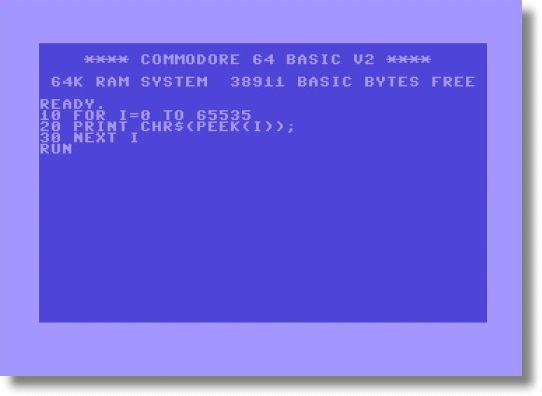 Relative to television, modern computing and certainly modern networked computing is but a baby to us. We have a long way to go towards realizing the full potential of being ridiculously connected to everyone and everything. I find it interesting in this regard, when looking at the way we receive content from each of these mediums. Television has always been predominantly a "push" mechanism, where we are allowed a number of channels to pick from, and a programming director decides what to "push" to us each and every day (I would prefer they push less "Two and a Half Men" reruns). Globally networked computing however, began as a "pull" mechanism with users determining what content they required, locating it, and pulling it from the source. Just as these two medium began in opposite directions, they are now also continuing to move as such. Television has begun and continues to allow users to "pull" more staged content from pay-per-view, on-demand, and streaming sources like netflix and AppleTV. Computers and the internet on the other hand, seem directed towards providing more "push" functionality through RSS and other data feeds like FriendFeed.
Relative to television, modern computing and certainly modern networked computing is but a baby to us. We have a long way to go towards realizing the full potential of being ridiculously connected to everyone and everything. I find it interesting in this regard, when looking at the way we receive content from each of these mediums. Television has always been predominantly a "push" mechanism, where we are allowed a number of channels to pick from, and a programming director decides what to "push" to us each and every day (I would prefer they push less "Two and a Half Men" reruns). Globally networked computing however, began as a "pull" mechanism with users determining what content they required, locating it, and pulling it from the source. Just as these two medium began in opposite directions, they are now also continuing to move as such. Television has begun and continues to allow users to "pull" more staged content from pay-per-view, on-demand, and streaming sources like netflix and AppleTV. Computers and the internet on the other hand, seem directed towards providing more "push" functionality through RSS and other data feeds like FriendFeed. Why are two pieces of technology, moving in such opposite paths? It may have something to do with the fact that each of their functionality and usages are converging. What do consumers want? Well, everything. It's obvious that devices and their functions are all on a collision course. Consumers want a device that is a phone, and a TV, and a web browser. Both TV and computer makers are obliging: As television becomes a networked computing device, and computers have conversely become a high definition DVRs. I doubt that there will ever be a device we use for everything, all the time...but I do imagine that most all devices will soon do pretty much everything.



No comments:
Post a Comment